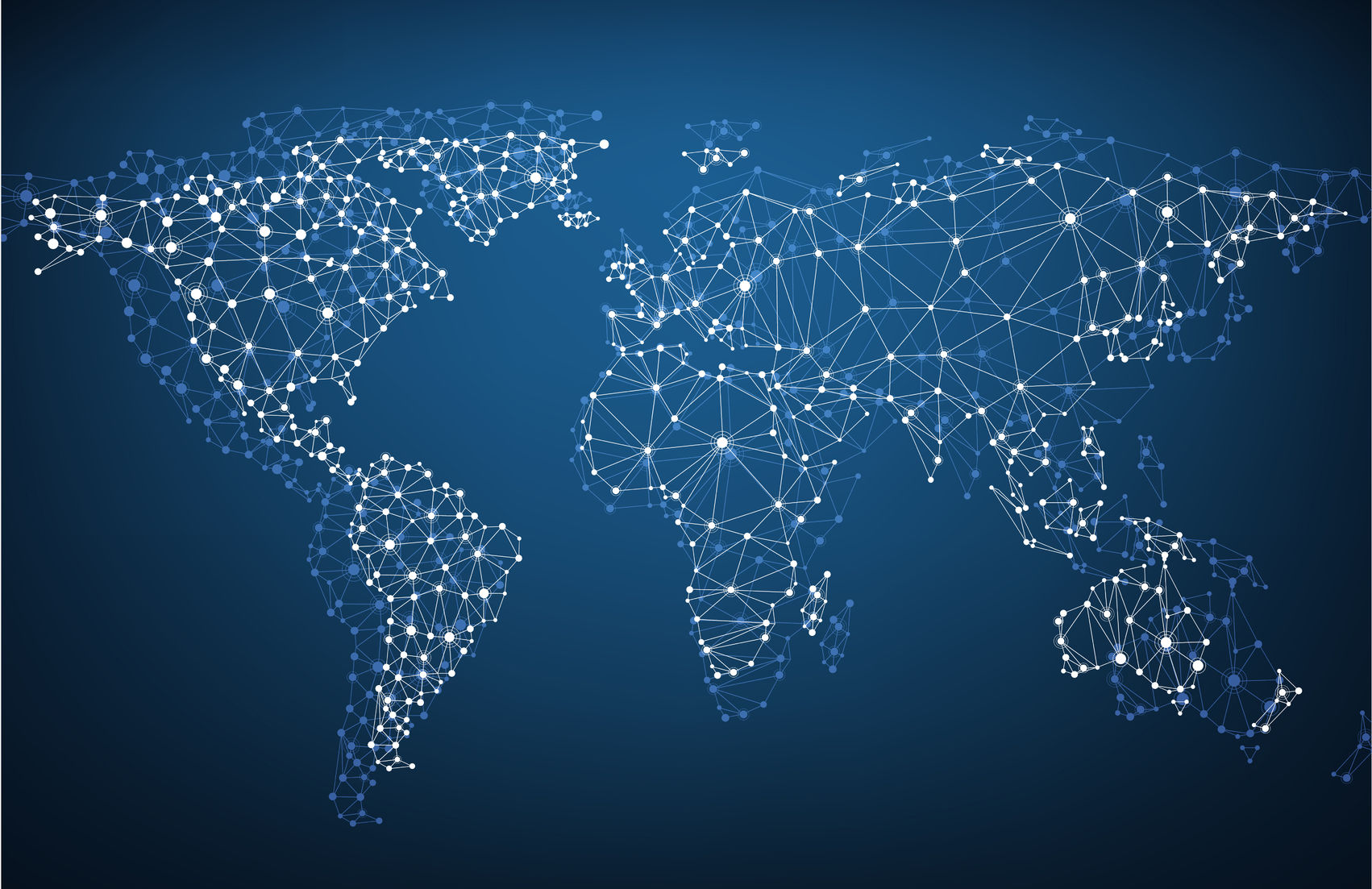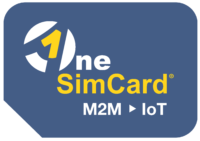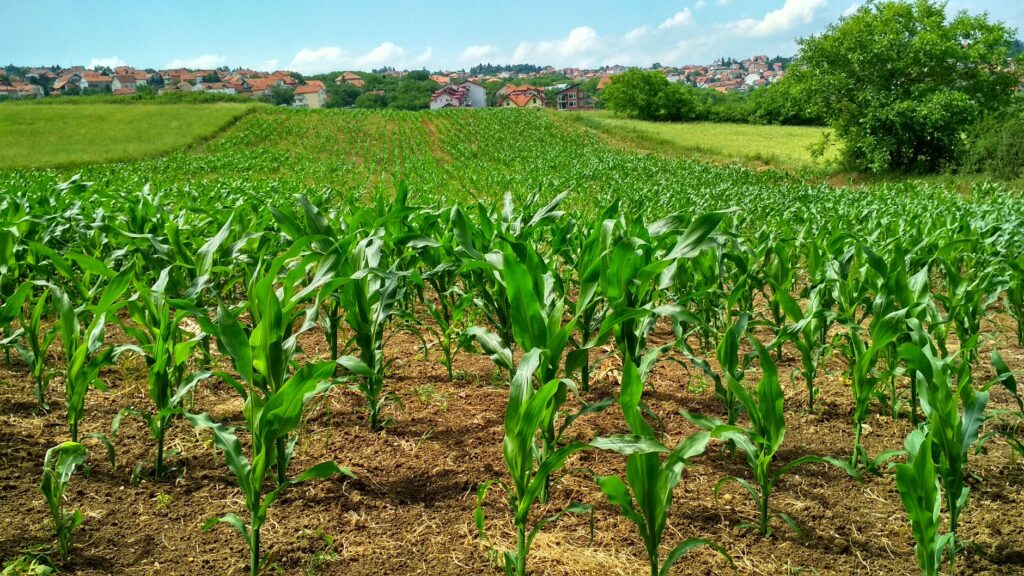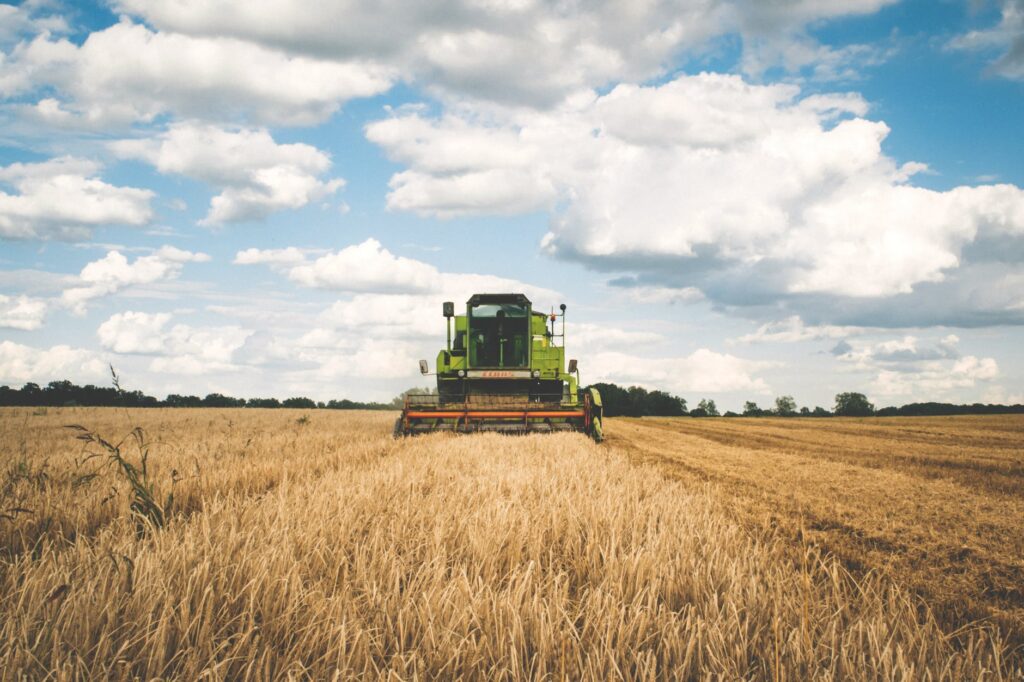
The Internet of Things (IoT) has become the backbone of modern industries, from manufacturing and logistics to healthcare and agriculture. Businesses are investing heavily in connected devices to increase efficiency, gather real-time insights, and gain a competitive edge. But while much attention is paid to sensors, platforms, and analytics, there’s one critical piece of the puzzle that often goes overlooked: the SIM card that keeps it all connected.
Choosing the right IoT SIM card isn’t just about connectivity. It’s about ensuring your devices stay online, your data remains secure, and your project scales cost-effectively. In other words, the right SIM can make or break the ROI of your IoT deployment.
The True Cost of IoT Downtime
Every IoT project is built on one core assumption: devices will stay connected. When they don’t, the costs quickly add up.
- Manufacturing: An assembly line sensor that goes offline can delay production and cause quality issues. Deloitte estimates unplanned downtime costs manufacturers $50 billion annually.
- Oil and Gas: A single day of downtime on an offshore rig can cost between $500,000 and $1 million.
- Logistics: A disconnected fleet tracker can cause missed deliveries, leading to lost contracts or penalties.
- Healthcare: Remote patient monitoring devices that drop offline risk compromising patient safety and incurring liability.
The right IoT SIM prevents these scenarios by providing multi-network redundancy, automatic failover, and reliable global coverage. Downtime avoided = money saved.
Cheap SIMs vs. Smart SIM Investments
It’s tempting to opt for the lowest-cost SIM solution, especially for large-scale deployments. But cheaper doesn’t always mean better.
- Steering SIMs: Many low-cost providers use SIMs that “steer” devices onto preferred partner networks to reduce wholesale costs. The problem? Devices often stay stuck on weak signals, resulting in poor performance.
- Hidden Fees: Some providers advertise cheap base rates but bury charges in overage fees, activation costs, or minimum usage commitments.
- Limited Coverage: A SIM that only works with one carrier or one region may require frequent replacements as your deployment scales globally.
These pitfalls erode ROI by introducing downtime, higher operational expenses, and unexpected bills. By contrast, no-steering, multi-network IoT SIMs deliver higher uptime, predictable costs, and long-term savings.
Where the Right SIM Delivers ROI
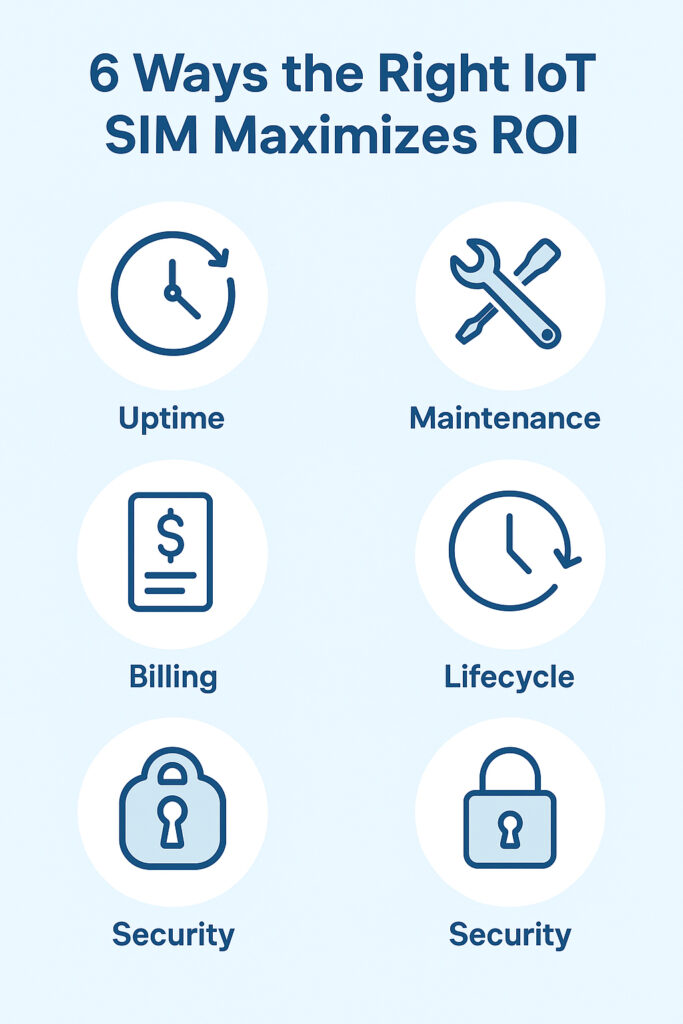
1. Improved Uptime = Lower Operational Costs
A no-steering SIM connects devices to the strongest available network, ensuring high reliability. In industries like manufacturing or healthcare, even a 1% improvement in uptime translates into significant cost savings.
2. Global Scalability Without Complexity
Enterprises often deploy IoT devices across multiple countries. Instead of sourcing local SIMs (with local contracts, ID requirements, and activation delays), an international IoT SIM provides seamless coverage in 200+ countries. That reduces procurement costs, onboarding time, and administrative overhead.
3. Reduced Maintenance and Truck Rolls
When devices go offline, technicians often need to perform expensive site visits (“truck rolls”). With the right IoT SIM:
- Devices automatically switch to alternate networks.
- Issues can be diagnosed remotely via a SIM management portal.
- Updates and controls are performed over-the-air.
That means fewer truck rolls, reduced labor costs, and faster problem resolution.
4. Data Plan Flexibility = Predictable Billing
The right IoT SIM provider offers pooled data plans, pay-as-you-go, or customizable usage alerts. Instead of getting hit with overage fees, businesses can optimize usage across thousands of devices and align costs with actual consumption.
5. Extended Device Lifecycles
Industrial-grade IoT SIMs are designed to last 10–15 years, even in harsh environments. By reducing the need for replacements, companies save on hardware costs and avoid the disruption of swapping SIMs mid-deployment.
6. Stronger Security = Lower Risk Costs
IoT devices are vulnerable to cyberattacks if not properly secured. Advanced SIMs support private static IPs, VPN tunnels, and encrypted data transfer, reducing the risk of breaches. Avoiding even one data incident saves massive legal and reputational costs.
Real-World ROI Scenarios
Logistics Fleet Management
A logistics provider deployed 5,000 connected trackers across Europe. With a steering SIM, trackers in rural areas often lost connection, leading to delayed deliveries and expensive penalties. After switching to a no-steering IoT SIM, uptime increased by 15%, saving an estimated $2.5 million annually in avoided penalties and labor costs.
Smart Agriculture
A farming cooperative used IoT soil sensors across multiple rural regions. Local SIMs were unreliable, requiring frequent technician visits to reset devices. By deploying rugged IoT SIMs with multi-network redundancy, they reduced truck rolls by 40%, saving $500,000 annually while improving crop yields through consistent data.
Healthcare Monitoring
A telehealth provider equipped patients with wearable monitoring devices. When devices lost connection on weak networks, emergency alerts sometimes failed. After switching to IoT SIMs with no-steering and secure data paths, uptime rose to 99.9%. Improved patient outcomes reduced liability risk and improved ROI dramatically.
Measuring ROI in IoT Deployments
Calculating ROI in IoT projects involves more than just device costs. Businesses must factor in:
- CAPEX (Capital Expenditures): Devices, sensors, gateways, and initial deployment.
- OPEX (Operational Expenses): Data plans, maintenance, monitoring, and connectivity.
- Indirect Savings: Reduced downtime, improved efficiency, and better decision-making.
- Risk Avoidance: Fewer security breaches, lower liability, and regulatory compliance.
With the right IoT SIM card, OPEX is reduced through flexible data plans, indirect savings are achieved via higher uptime, and risks are mitigated with secure connectivity. All of these factors drive a positive ROI trajectory.
Why OneSimCard IoT Maximizes ROI
At OneSimCard, we design our IoT SIM solutions to directly support business ROI:
- Global Coverage: 200+ countries, 350+ networks.
- No-Steering Policy: Devices always connect to the strongest available network.
- Flexible Data Plans: Pooled, pay-as-you-go, and custom alerts to avoid overages.
- Industrial-Grade Durability: Long-lasting SIMs built for harsh environments.
- Advanced Security: Private static IPs, VPNs, and encrypted data transfer.
- Scalable SIM Management Portal: Monitor, control, and optimize thousands of SIMs from one dashboard.
The result? Lower downtime, fewer maintenance costs, predictable billing, and secure global scalability — all of which contribute to higher ROI.
Final Thoughts
The ROI of IoT deployments doesn’t depend solely on the devices, sensors, or analytics platforms. It depends on the strength of your connectivity strategy. The wrong SIM introduces hidden costs through downtime, poor coverage, and security risks. The right SIM, by contrast, maximizes uptime, simplifies scaling, and protects your data.
In today’s competitive landscape, businesses can’t afford to cut corners on connectivity. By investing in robust, no-steering IoT SIMs, you save money, save time, and unlock the full potential of your IoT projects.
OneSimCard IoT: Smart SIMs for Smart Business.

